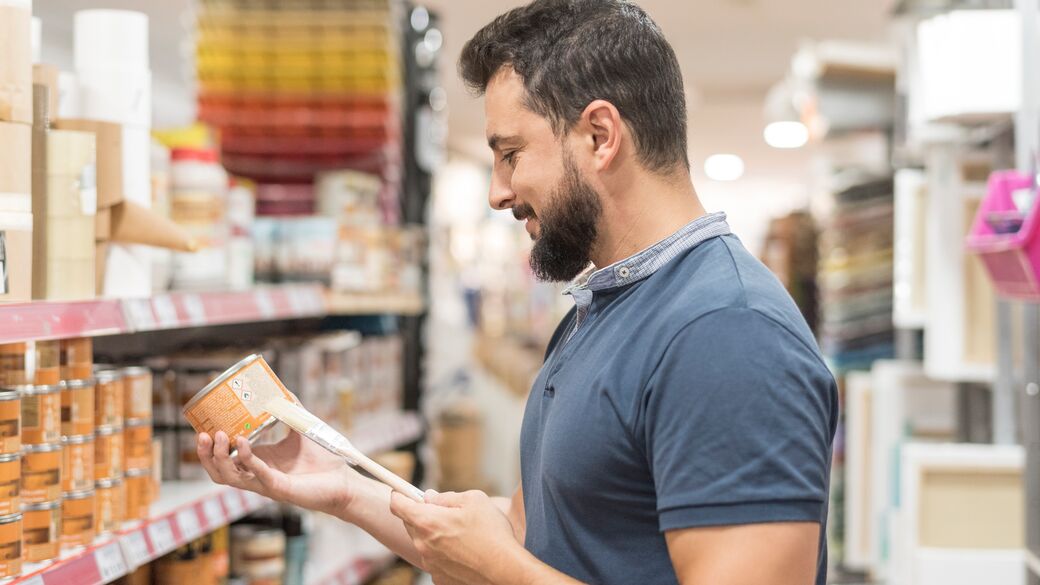
Exceed expectations with integrated shopping opportunities online, in-store, and on the go.
As a business owner, you’ve no doubt noticed the continuing evolution of the ways customers like to browse, shop, and buy in the modern retail landscape. You may have wondered if your current mix of methods for reaching shoppers is efficient and effective. Are you using the right channels, and are they “talking” to each other to share key information? Are you using your time and resources efficiently, to give customers the seamless shopping experience they deserve?
The idea of successful omnichannel retail—where an effective, integrated blend of channels such as email, targeted ads, and social media work together with in-store shopping to enhance and simplify the path to purchase—may seem daunting at first. In truth, it’s actually very doable, given a solid plan and the right technology solution.
The key, as with so many things in retail, is to know your customer.
Taking the time to clearly define your customer base is more than a useful exercise—it can help you choose the right mix of channels to surprise and delight them, while boosting profits and helping drive results:
Once you know what your customers want, you can decide how to get it to them seamlessly and smoothly.
Now that you’ve defined your customers and the needs you serve in your community, it’s time to make sure you’re meeting those needs as efficiently as possible. Review how you’re currently connecting with customers, and decide which channels you need to enhance or add to strengthen your omnichannel strategy:
It’s helpful to remember that none of these channels exists in a vacuum. In a successful omnichannel business, a customer may browse the company website for information on a certain product, which then triggers an email telling them about a special promotion on that item at the store, which in turn generates a list of complementary products they may also want to purchase at checkout. This interconnected way of shopping not only benefits customers, it also makes the entire process easier for your employees and your business.
Nearly 75% of buyers use multiple channels before purchasing, and 73% of e-commerce consumers report using various channels during their customer journey. -- Shopify¹
The strength of omnichannel is grounded in its ability to simplify and add value to the entire shopping experience. Digital receipts, contactless payment, and eStatements provide the speed and convenience customers expect, while mobile lookup and price checker give them instant access to product information at the point of sale. From browsing to buying, you and your shoppers will realize the benefits:
The right technology solution can help you build on and enhance your omnichannel efforts.
The retail environment is constantly changing, and smart businesses know to look at both the big picture and the immediate needs when choosing the right solution for them.
As consumers face more retail choices, they expect the online and in-store experiences of any business to be unified and accessible.² Epicor for Retail can help businesses develop omnichannel capabilities that boost traffic and increase sales, setting retailers up well during times of economic volatility. Learn how our solutions can help elevate your business to a new level of retail success.